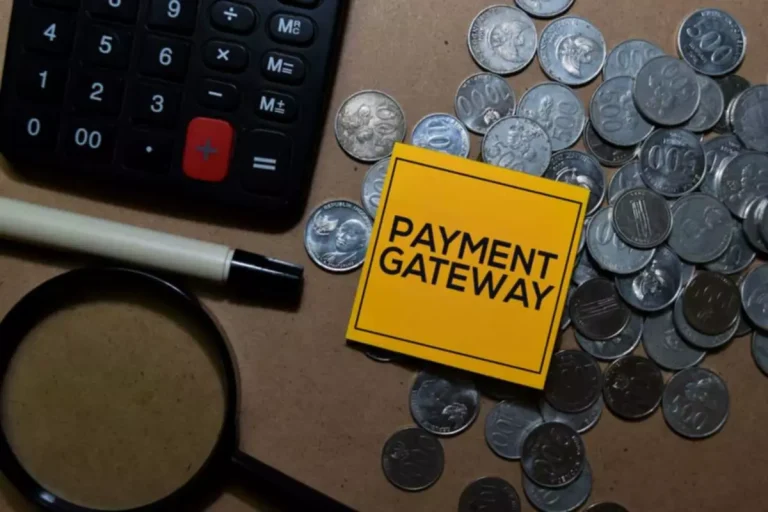Judged on ETH-USDC vaults, Gamma’s Hypervisor has underperformed a comparable Uniswap v2 strategy. This is a low threat for now given their comparatively modest TVL, but will probably turn out to be a priority in the occasion that they continue to develop. Positions in these vaults are sometimes mirrored as ERC-20 tokens, reintroducing fungible LP positions again into the DeFi ecosystem. Additionally, protocols and DAOs can even outsource liquidity strategies and mining applications to those vaults as a substitute.

Uniswap is a market maker big with over $3 billion whole value locked (TVL), dominating over 59% of total DEX volume. Despite this, CSMMs are not often used as a standalone market maker, because of liquidity considerations about handling giant trades. It can also be necessary to understand why liquidity is a crucial concept in the case of Automated Market Makers or AMMs. The primary way in which AMMs work is the foremost reason for emphasizing the importance of attracting liquidity.
Diverging from traditional change practices, AMM platforms harness mathematical algorithms rather than order books for asset pricing. While the precise algorithms range among protocols, they uniformly function on a peer-to-contract transaction basis. AMM protocols, whereas transformative for the present DeFi ecosystem, nonetheless have room to grow by means of performance when juxtaposed with standard exchanges. When the costs of belongings deposited to liquidity pools fall and the ratio of the token pairs is unfavorable, there isn’t a way to reverse this. As such, when buying and selling fees do not offset these losses, they’re indeed everlasting. Some decentralized exchanges (DEXs) facilitate trades instantly between customers and wallets.
Oracle-assisted Market Makers
In this report, we evaluate necessary AMM designs and market trends, highlighting a few of the tasks we find most interesting. We additionally discuss emergent behaviors that come up from AMMs, similar to impermanent loss, concentrated liquidity administration, and just-in-time liquidity. Through oracles, DEXs can even concentrate liquidity within these price ranges and enhance capital effectivity. This also reduces the danger of slippage, since costs are extra in sync with different markets. AMMs can make use of off-chain sources like value oracles to supply reliable price discovery and capital efficiency. They can use knowledge from real-world external worth oracles like Chainlink to discover out the current market value of the property concerned.

Contributing liquidity to a liquidity pool on a DEX that employs an AMM model makes it possible to revenue from AMMs (Automated Market Makers). This of course can vary tremendously relying on the digital assets you might be concerned with. AMMs have a number of advantages over typical centralized exchanges, including extra liquidity, ease of use, and accessibility.
The (other) Curve Wars
You could also uncover the name of Curve Finance among the prime AMM protocols in current occasions. It is basically a decentralized change that focuses largely on trading stablecoins. The focus of Curve Finance on stablecoins helps it in guaranteeing minimal fees for trades alongside decreased issues of slippage. In order to develop an understanding of the AMM crypto connection, you want to find out about standard market makers. The concept of a market maker principally focuses on matching a purchaser with a vendor. In phrases of dimension based mostly on all locked assets, Balancer is a smaller DeFi protocol that is rated ninth.
On the opposite hand, yow will discover a simple reply to “How do automated market makers work? The payment is determined by the pool owner and can be set anywhere from zero.0001% to 10%. The fees collected from the trades are proportionally distributed to the pool liquidity providers based on their share of deposits in the pool. Automated market makers (AMMs) have emerged as a popular alternative to conventional order book-based exchanges for cryptocurrency trading.
Instead, liquidity pools are created out of thin air and shortly crammed with orders via smart contracts. This methodology enables users to make peer-to-peer (P2P) trades without any middleman. Moreover, these new financial instruments also empower specialized users in certain niches similar to funds managers, hedge funds, and traders. However, decentralized exchanges (DEXs) and automated market makers (AMMs) are non-custodial.
What Are Automated Market Makers (amms)?
A distinctive characteristic of this AMM mannequin is that not everyone can entry the liquidity pool because it requires substantial capital investments. External oracles or parameters of the good contracts set value on the tokens right here, which ensures increased control of the pool for the market makers, even when the prices fluctuate. For occasion, Uniswap V2 provided traders the flexibility to create liquidity for any ERC-20 token pair. And V3 provides concentrated liquidity, a feature that lets liquidity suppliers earn similar trading fees at lower threat, since not all their capital is at stake. The formulation showcases the diploma of change within the ratio between tokens in a liquidity pool after a specific transaction. In the event of an enormous margin of change in the ratio, you have to worry about unreasonably excessive levels of slippage.
The means of earning rewards by offering liquidity is also called liquidity mining or yield farming. The CMMM market maker estimates the mean worth for every coin, which is principally its weight. Imagine a liquidity pool consisting of four locked coins, the equation that represents the algorithm would be the following.
The dynamic design of AMM features is an idea that has been around the field for the final two years but no finalized DEX has come out as a product. Another fascinating plot here reveals that regarding slippage for the USDC/WETH pool, values of t that lie on the (0.four, zero.6) space return the minimum common slippage across the buying and selling interval. Thus, it’s apparent that there are instances where the traditional Constant Sum and Constant Mean/Product settings are suboptimal regarding certain metrics. More virtually, within the instance above a higher blending degree (close to zero.5) of CSMM and CMMM may lead to more useful trading experience for the users. While Uniswap v3 does not necessarily break composability, it’s a taller task for other projects to combine distinctive NFT positions as a substitute of fungible tokens. Other AMMs are thinking of creative ways to create useful, composable cash legos that different customers and protocols can leverage.
UNI is a local AMM coin of this protocol, which supplies its holders governance rights. Absent listing charges, no capital necessities for members, and low fuel fees are the principle advantages of the protocol. PrimeXBT products are complicated financial devices which include a high threat of shedding cash rapidly because of leverage. You should consider whether or not you perceive how leveraged products work and whether or not you can afford to take the inherently
Excessive Liquidity
Each buying and selling pair handled by the change had a corresponding order book (a pair of assets that can be traded for one another). It was an effective and well-liked technique except that it required that you simply rely on and comply amm coin with the directives of a central authority. Different types of AMM fashions embrace fixed product, constant sum, and hybrid swimming pools. AMM protocols are Web3 platforms that facilitate token buying and selling in a decentralized setting without TrafFi market-makers.
- It can additionally be important to notice that the slippage points could be considerably totally different based on completely different AMM protocols.
- This function opens up the potential for various use circumstances, essentially the most prominent being an automated portfolio manager that can act as an index.
- We compare the 4 hottest ones — Kyber Network, Uniswap, Balancer, and Curve Finance.
- The lending protocols in return enable the idle property within the liquidity pool to gather an extra interest from the lending pools APY charges.
- On the other hand, all of the AMMs have a distinguished similarity amongst them, i.e., the fact that they use algorithms for figuring out the prices of assets.
- The idea of a market maker mainly focuses on matching a buyer with a vendor.
Trades which may be routed by way of a couple of pool are accompanied by a zero.6% fee so as to full the trade since each pool in the protocol costs its personal charge. Large orders might mixture liquidity from a quantity of reserves, including bridge reserves, so true fees can be kind of because of bridge reserve fees being charged on the originating community. The Kyber Katalyst improve permits dapp builders to add a custom spread to the tokens within the pool. For instance, a wallet developer can add their own 0.1% on high of the 0.2% community charge and keep the distinction.
Not solely does this mean that customers have control of their belongings, nevertheless it additionally signifies that assets cannot be seized, frozen, or restricted in the same means that they are often with CEXs. To make certain that belongings are readily available at any time, liquidity suppliers deposit funds into liquidity swimming pools. These funds usually are obtainable in pairs or “token pairs”, that means that an LP would supply an equal worth of two totally different asset varieties to a liquidity pool.